The Victoria Cross

By Historian Ein Shin
Queen Victoria herself walked gracefully into Hyde Park and what stood before her were 62 Crimean War veterans in 1857. As the Queen passed through each man, she pinned the highest medal in all of England onto each soldier’s breasts: the Victoria Cross.
Awarded only to commonwealth military personnel who show gallantry in the face of the enemy, the Victoria Cross has had at least 1358 recipients since its inception, of which 101 legatees originate from Australia. The sole task of producing these medals goes to Hancocks Jewellery London. These limited and unrivaled medals were made of Russian cannon cuts from the Crimean War, but were replaced by Chinese cannon materials as the supply of Russian cannon cuts was depleted. Every Victoria Cross recipient's story is worth a recount.
Forever 18… “Ordinary” Seaman. Despite the fact “Ordinary” seaman was Edward ``Teddy” Sheean’s rank, it was almost obvious he was quite a prominent gentleman. In December 1942, Sheean’s assigned ship, HMAS Armidale, was attacked by Japanese fighter aircrafts which climbed into the horizon, with blinding yellow fire exponentially rushing onto the ship’s deck. Taken by a bombshell, the captain stutters the dreaded cry of abandon ship and the crew hastily deploys the first chattering lifeboat. As the Armidale took more hits, it was clear the ship was unable to hold any longer. Nevertheless, Teddy climbs up to an Oerlikon gun and shoots round after round, although he was only trained to load the weapon and sustained multiple wounds on the way. He shot down one aircraft while severely damaging two others in an effort to save his comrades.
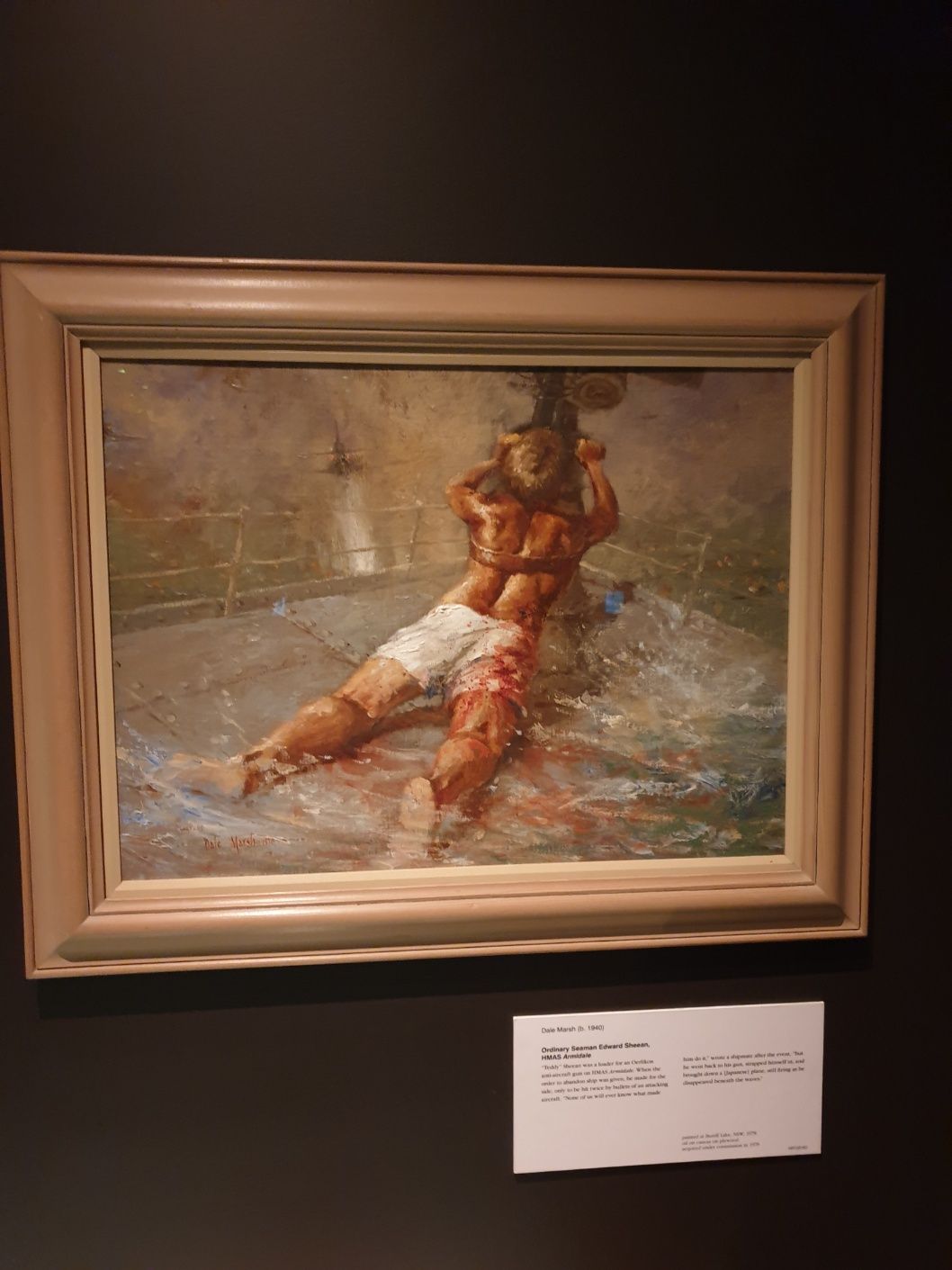
Teddy’s actions only ceased when the stern of HMAS Armidale disappeared into the rough waves. For his actions, the Victoria Cross was awarded posthumously 78 years later due to the lack of records and the malfunctioning of some systems. He remains as the only soldier in the RAN - Royal Australian Navy - to receive the Victoria Cross and the latest Australian recipient.
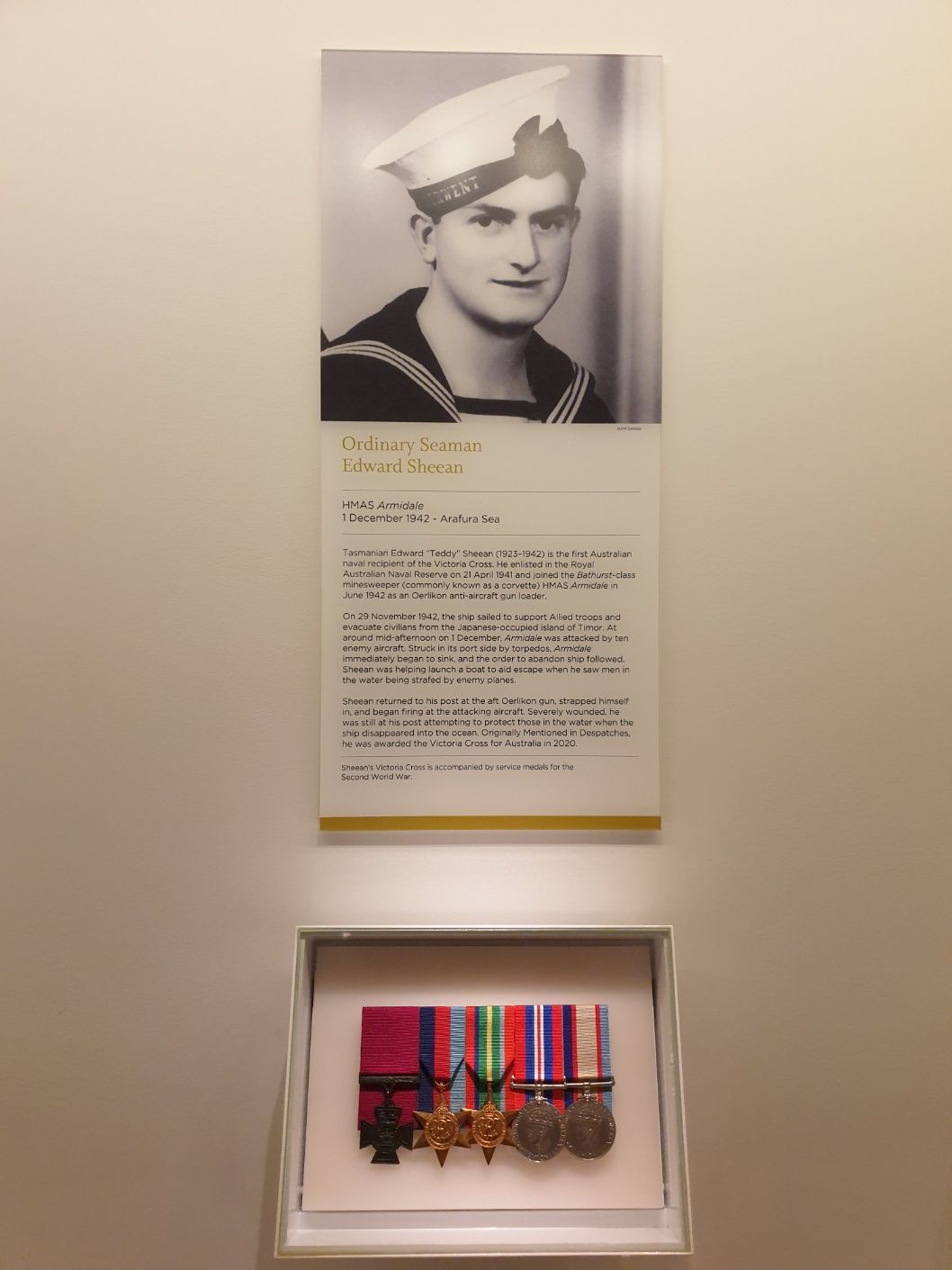

While Teddy earned the Victoria Cross after his death, there are many people who achieved this prestigious honour whilst alive, such as Hugo Throssell.
After his gallantry demonstrated at Hill 60, Gallipoli, Hugo Throssell lived on throughout the war as the first member of a light horse brigade to receive the Victoria Cross. During one particularly tumultuous battle, he charged bravely into the utter disarray. Though Hugo Throssell may have narrowly survived the war, he, like all repatriated soldiers, suffered from trauma - possibly the cause of his demise. Although Throssell may have lived a miserable life, some veterans made it count.

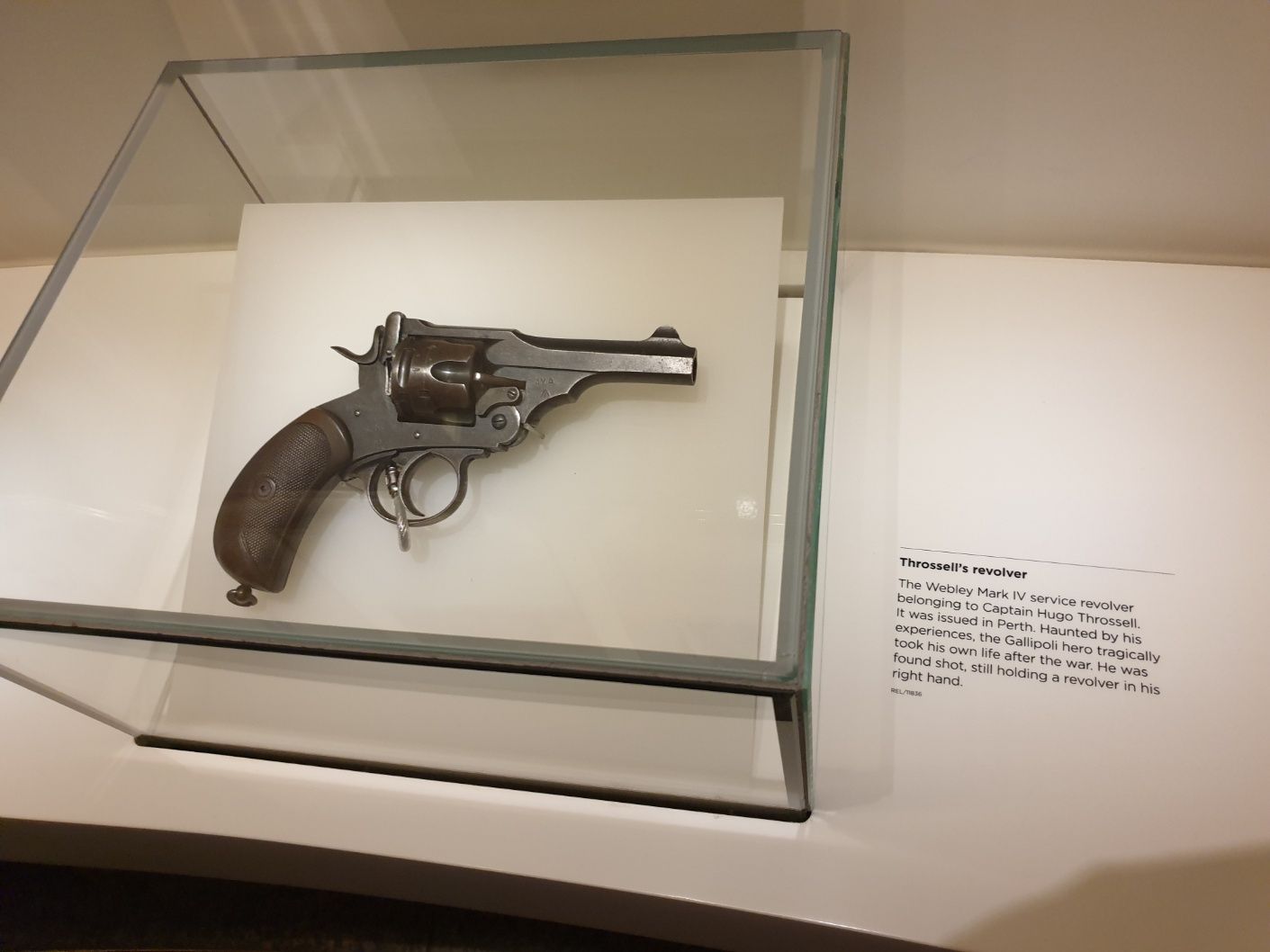
Frank John Partridge has a fascinating story: he lived throughout the war, changed his life by reading encyclopedias and was the youngest Australian to be granted a Victoria Cross in World War II before Teddy Sheean was awarded recently. Frank and his comrades were under merciless machine-gun fire from two bunkers and some were fatally wounded; it was up to Partridge to take out the bunkers with merely a Bren gun, grenade, and knife. Regardless of his severe wounds, he shot towards the bunkers leaving a puddle of red and fragments of grenades in the shelters. Shortly after when Japan raised the white flag to the world, Frank Partridge returned to his homeland like any other ex-soldier: living with his poor father in a dirt-floored farmhouse.

In his free time, Partridge studied Encyclopedia Britannica and later participated in a quiz show, which resulted in Frank Partridge as the winner, earning prizes equal to over 12,000 pounds. With the Victoria Cross and wittiness in his possession, Frank Partridge overcame poverty and his story is still captivating many people.

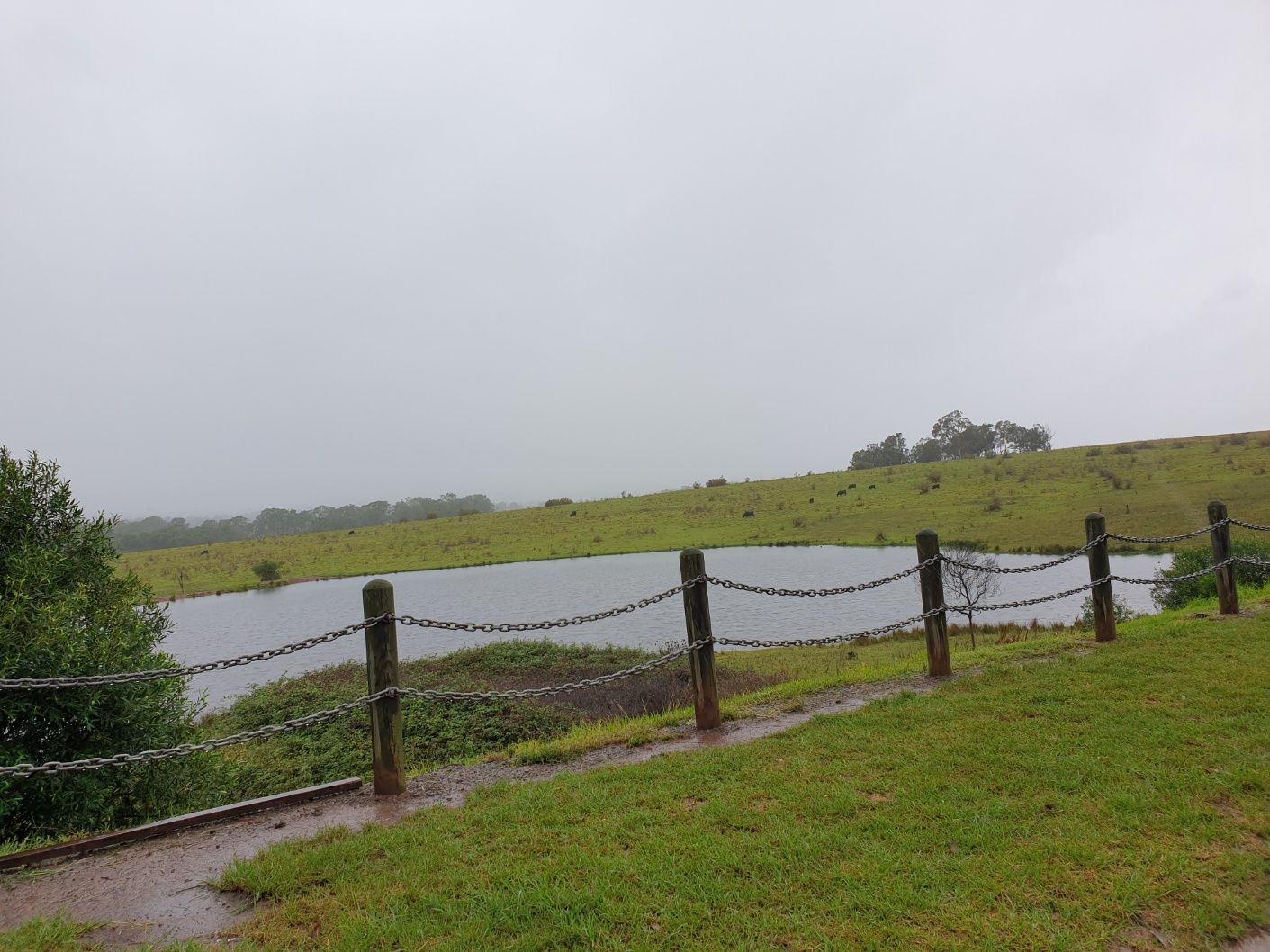
Each Victoria Cross recipient lived a different life - some were killed in action and some lived throughout the war. Regardless of any outcomes, it must have been inevitable for every soldier to have suffered from trauma: all military personnel face a variety of challenges and their troubles in their lives are only the beginning. When the former soldiers return to their state of origin, they find themselves undergoing disability psychologically and physically for the rest of their lives, making most returned soldiers unsuitable for work. It should be acknowledged all soldiers deserve the Victoria Cross due to the intolerable adversity and blockades they encountered. Let us not forget the harsh conditions met by all militaries, past and present.
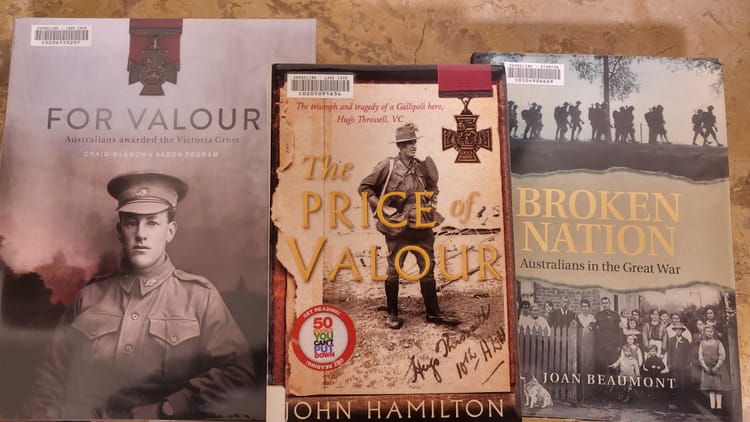
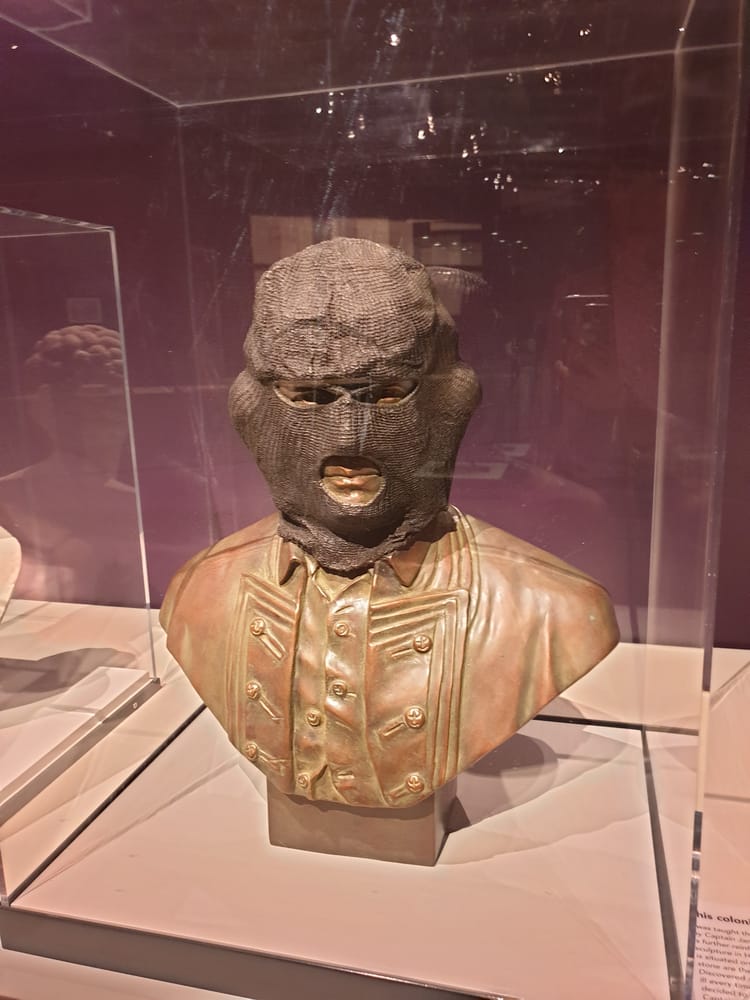
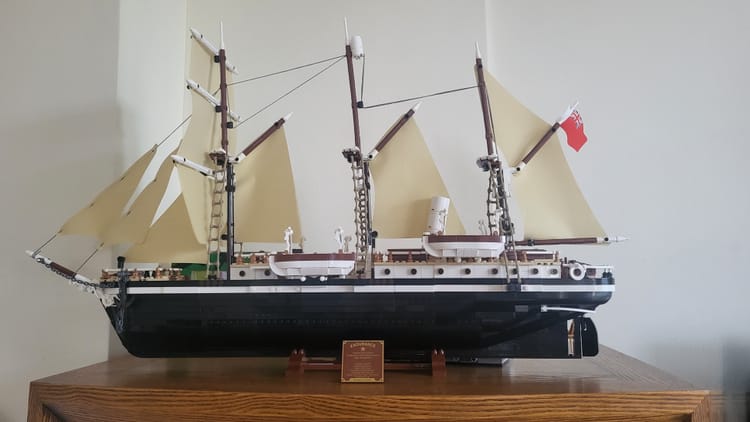

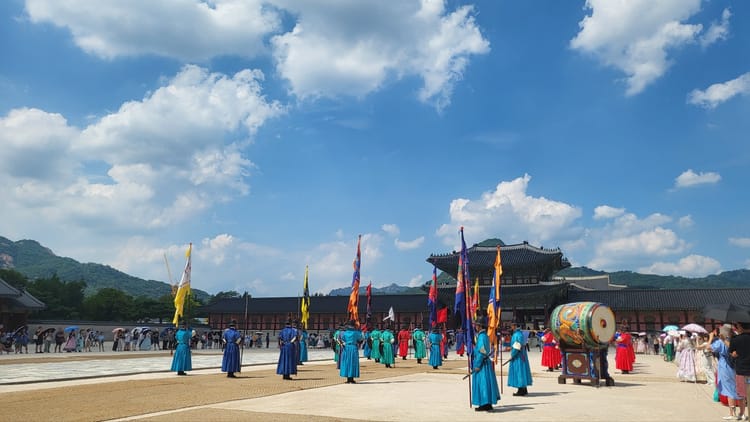
Member discussion